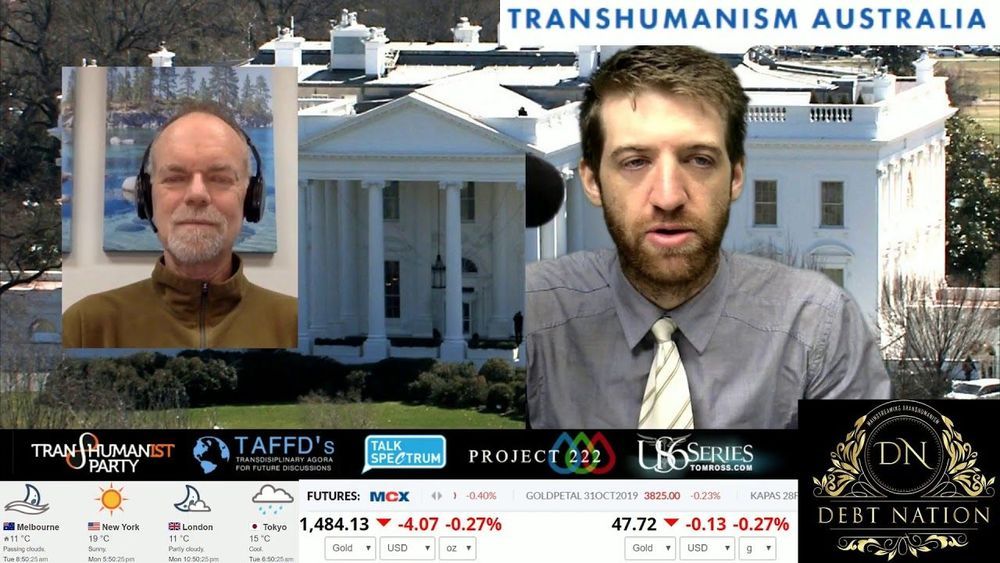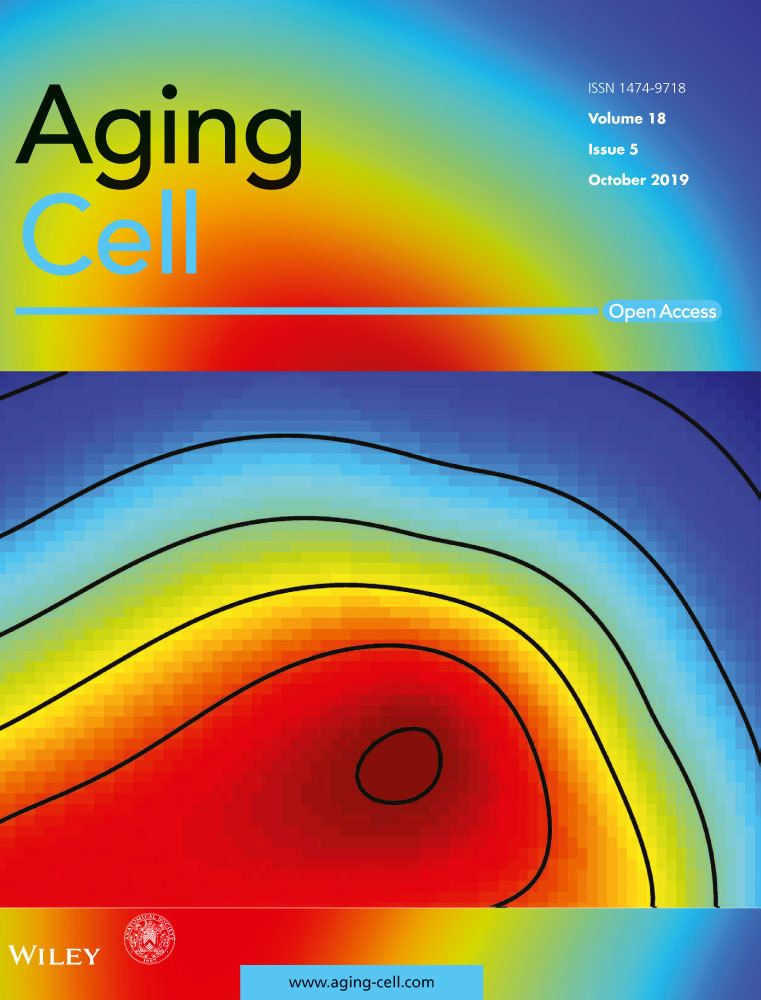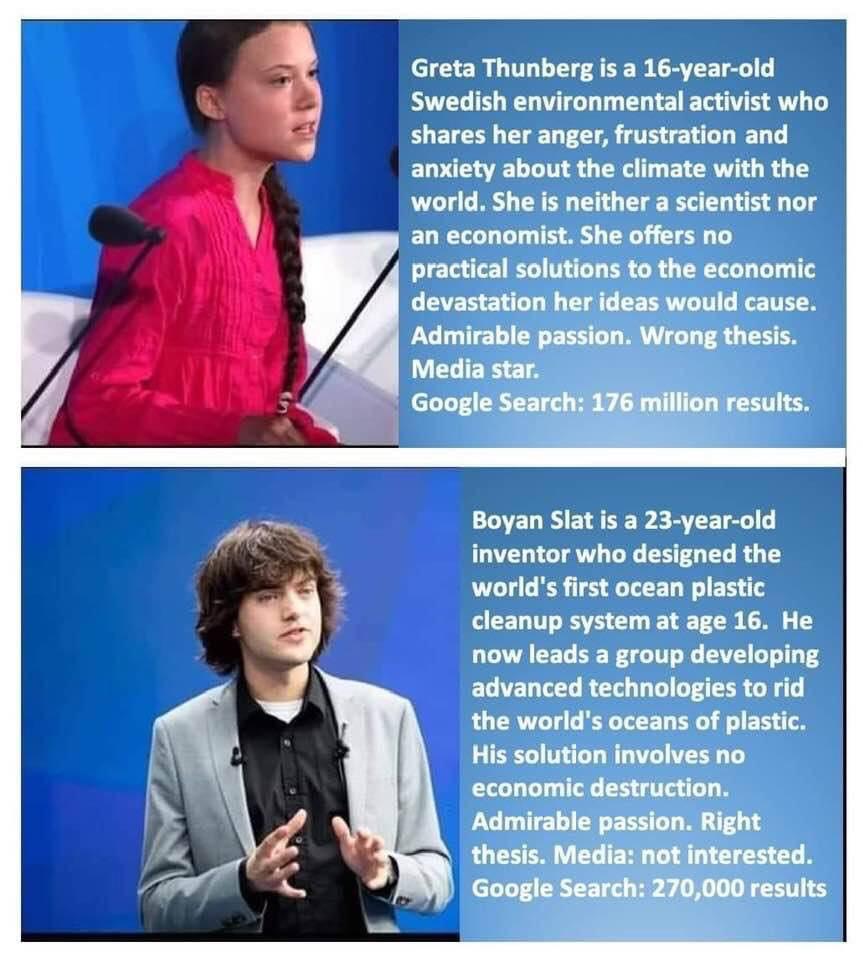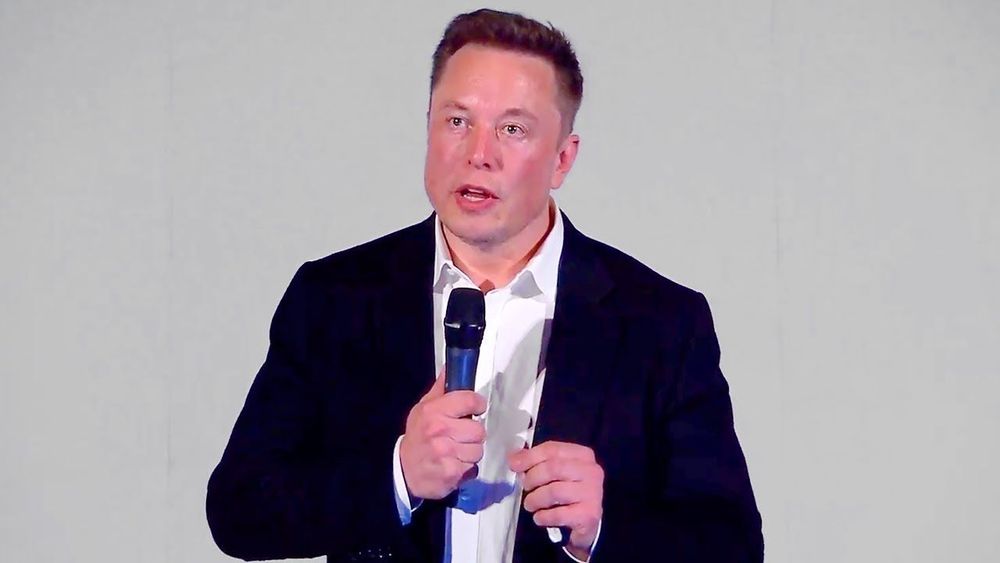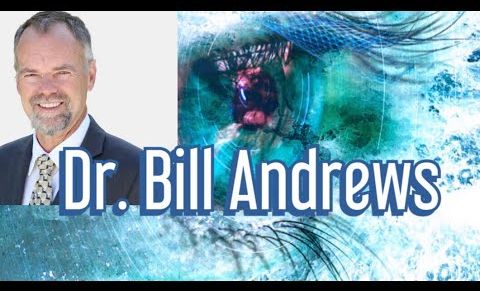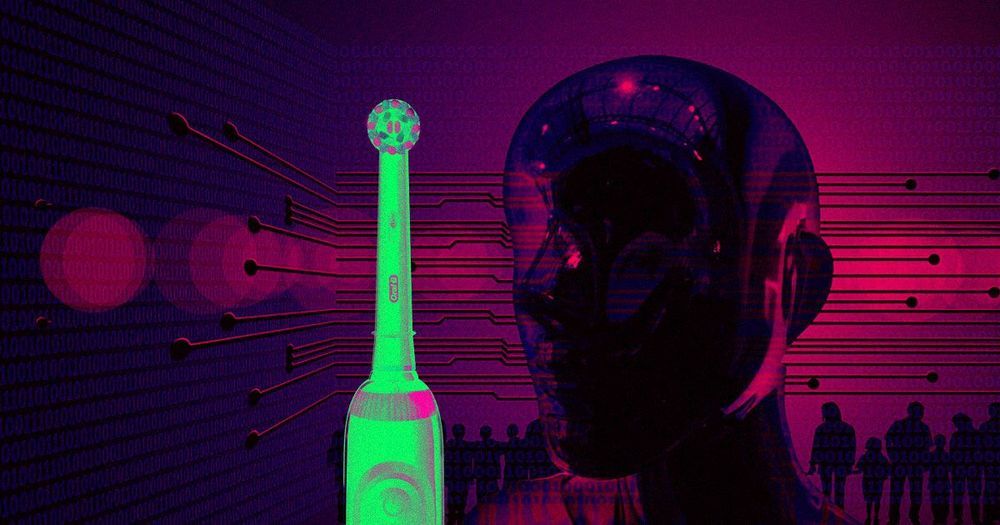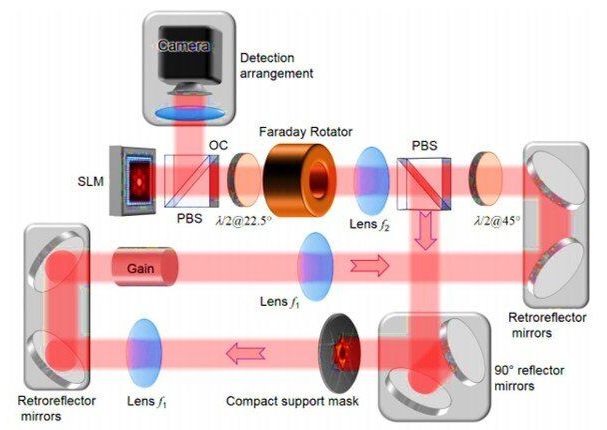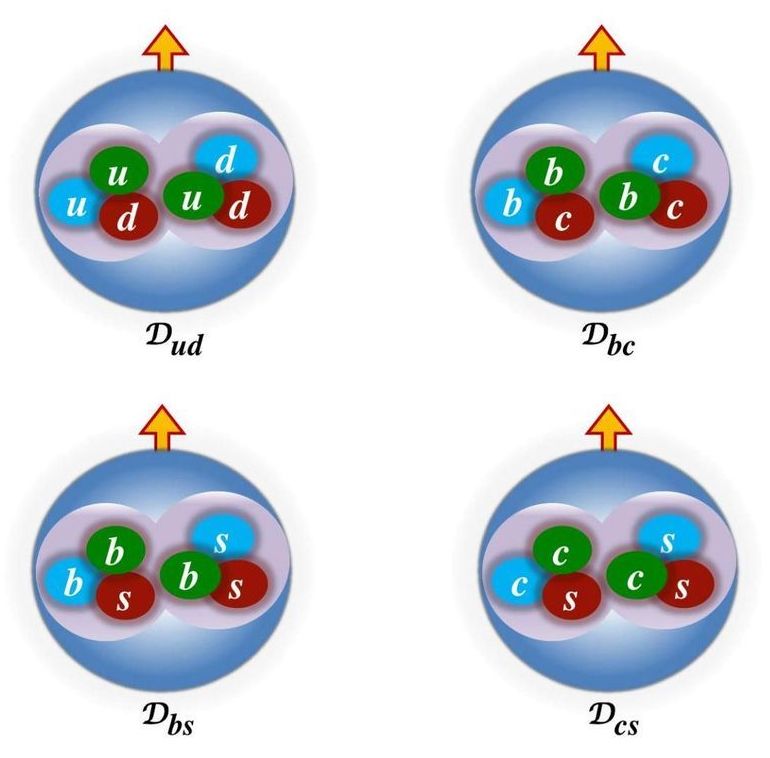
Have you ever wondered how the Sun creates the energy that we get from it every day and how the other elements besides hydrogen have formed in our universe? Perhaps you know that this is due to fusion reactions where four nuclei of hydrogen join together to produce a helium nucleus. Such nucleosynthesis processes are possible solely due to the existence, in the first place, of stable deuterons, which are made up of a proton and a neutron.
Probing deeper, one finds that a deuteron consists of six light quarks. Interestingly, the strong interaction between quarks, which brings stability to deuterons, also allows for various other six-quark combinations, leading to the possible formation of many other deuteron-like nuclei. However, no such nuclei, though theoretically speculated about and searched for experimentally many times, have yet been observed.
All this may get changed with an exciting new finding, where, using a state-of-the-art first-principles calculation of lattice quantum chromodynamics (QCD), the basic theory of strong interactions, a definite prediction of the existence of other deuteron-like nuclei has been made by TIFR’s physicists. Using the computational facility of the Indian Lattice Gauge Theory Initiative (ILGTI), Prof. Nilmani Mathur and postdoctoral fellow Parikshit Junnarkar in the Department of Theoretical Physics have predicted a set of exotic nuclei, which are not to be found in the Periodic Table. The masses of these new exotic nuclei have also been calculated precisely.



